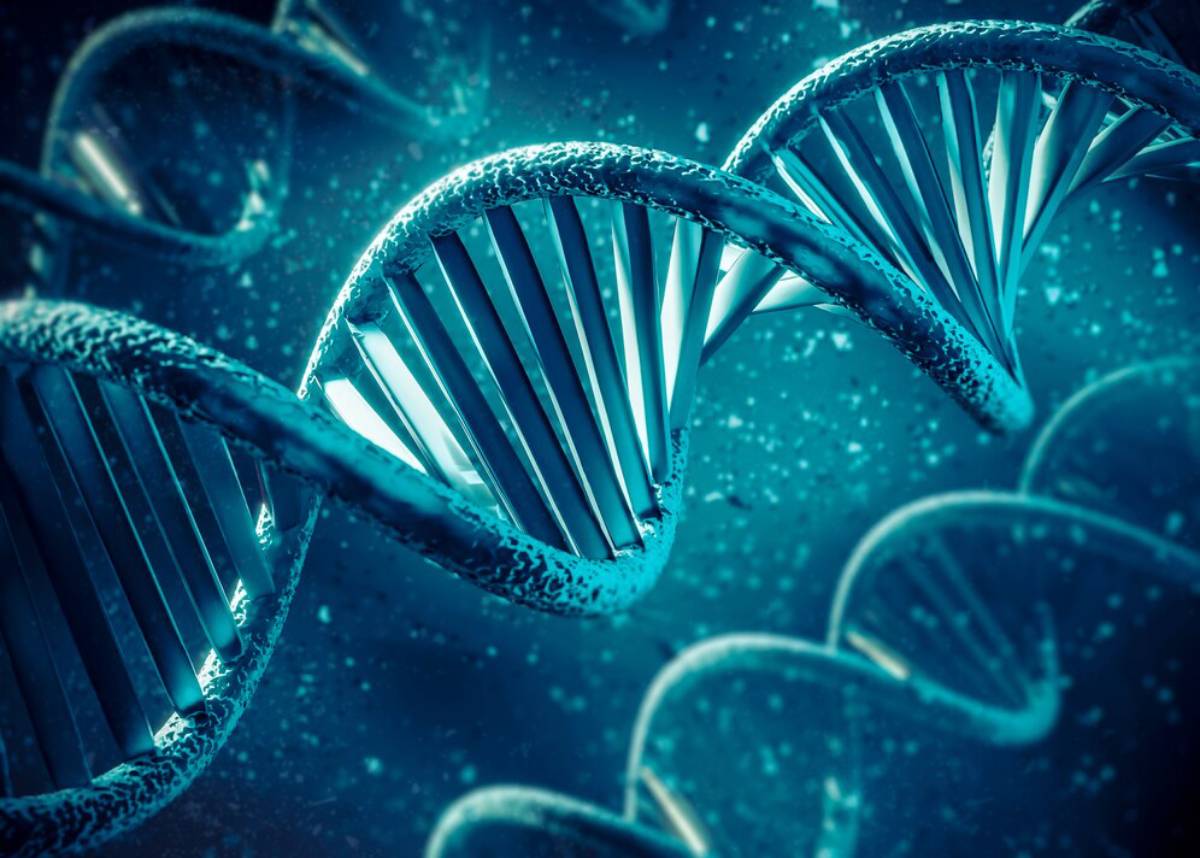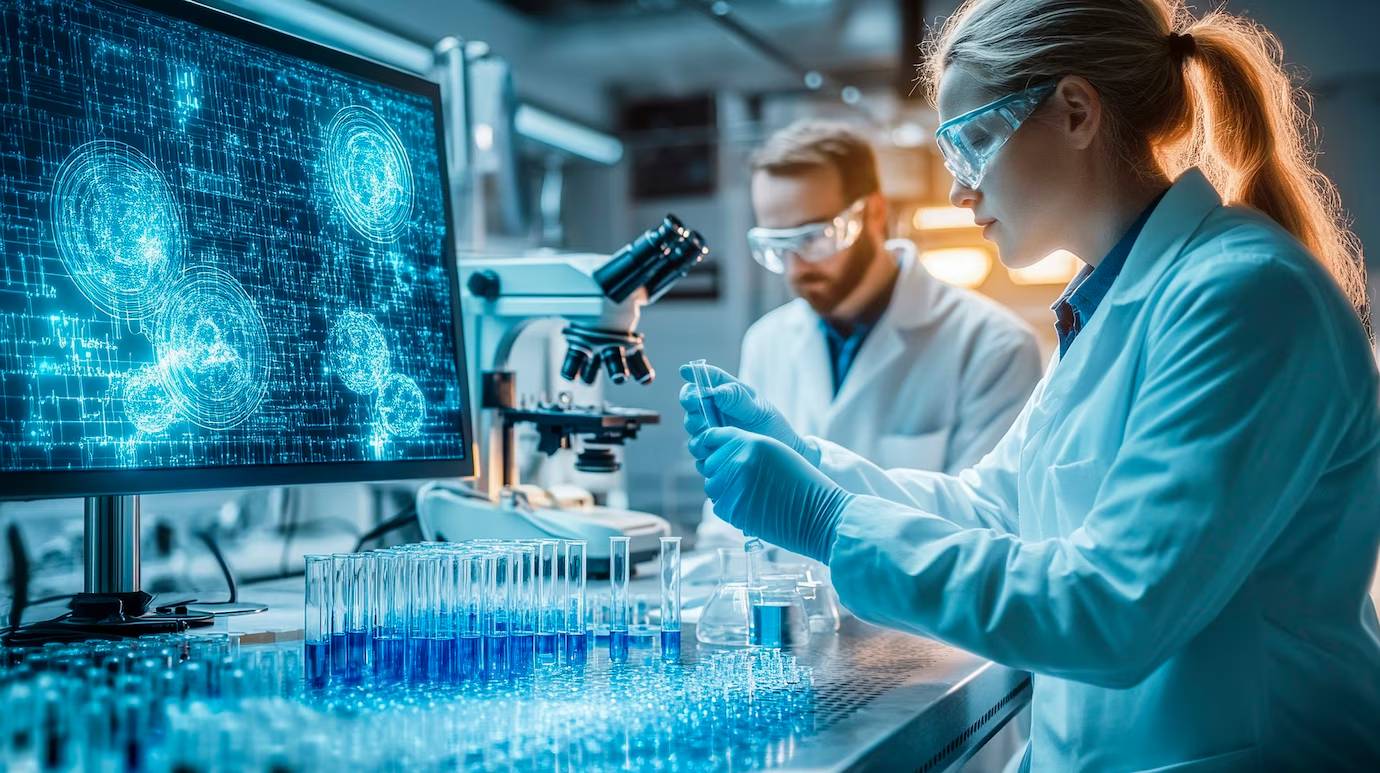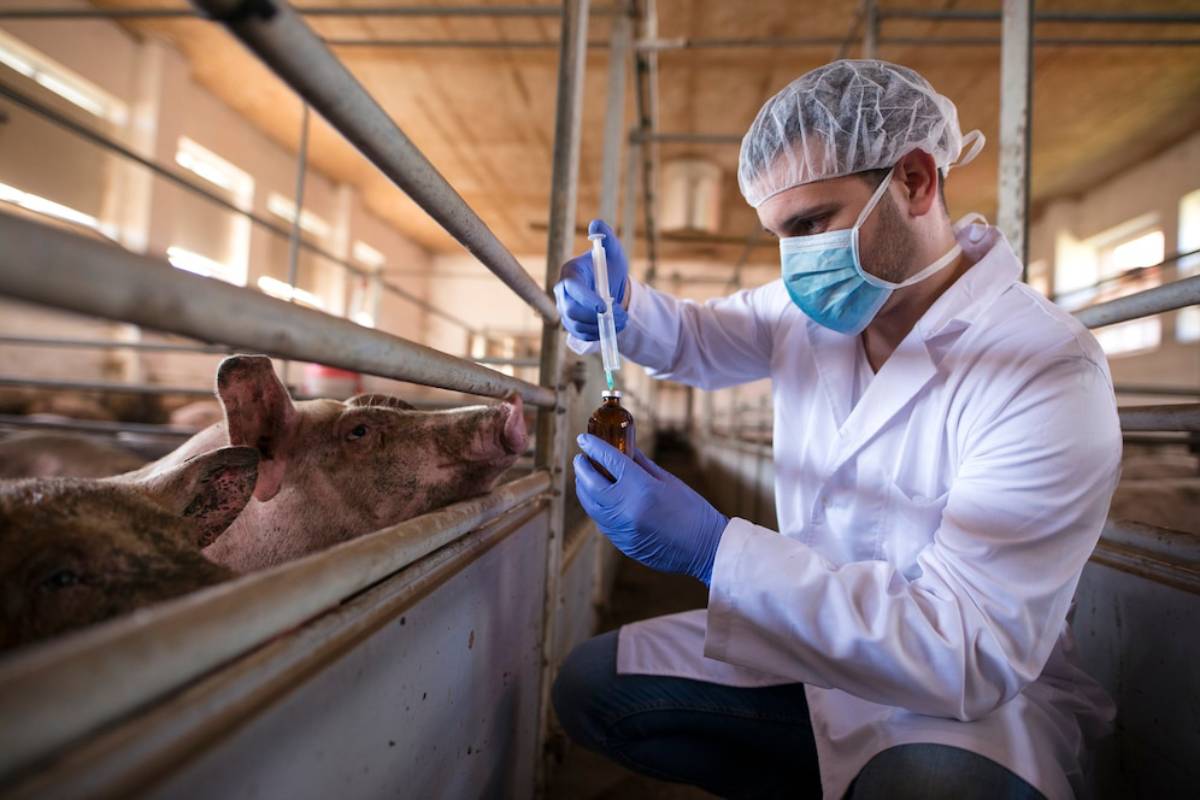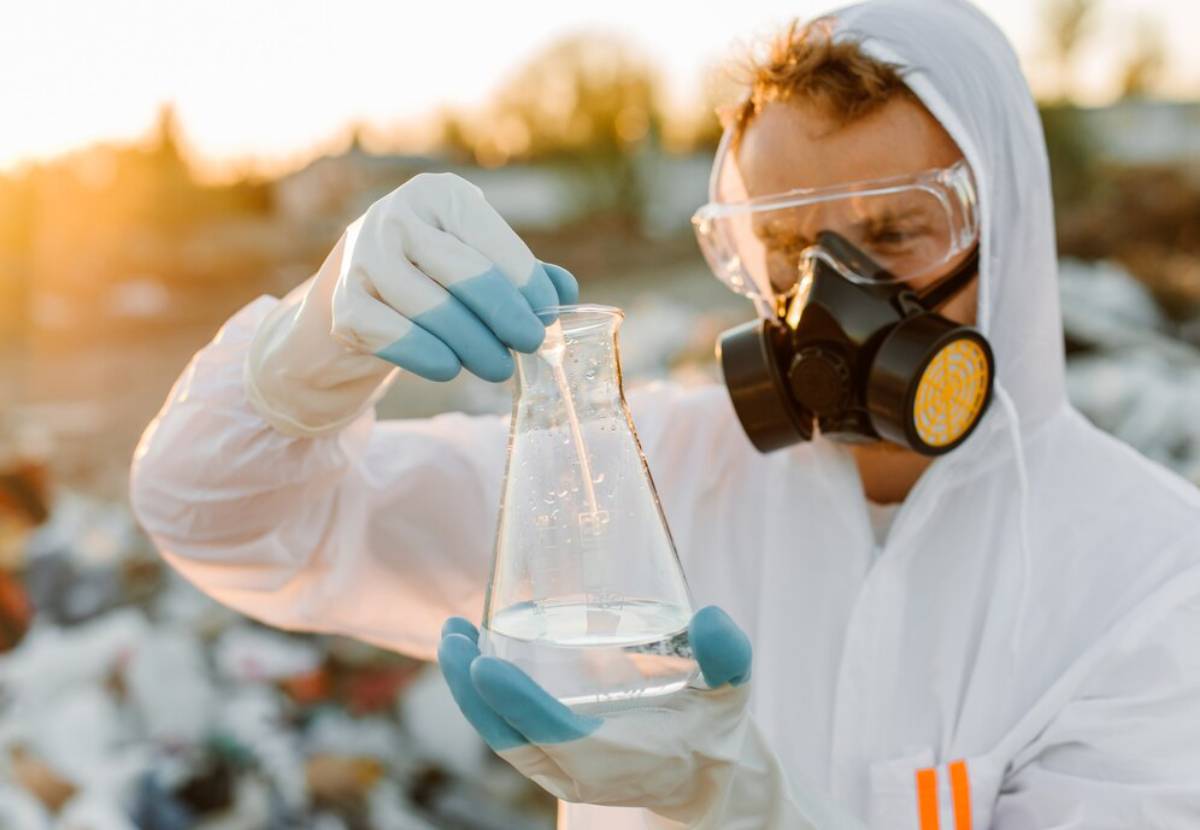
How Biotech is Tackling Plastic Pollution
Recently, the world has faced a huge problem: plastic pollution. Each year, we produce over 300 million tonnes of plastic. A large part of this plastic ends up in our oceans, landfills, and ecosystems. This causes serious harm to wildlife and human health. Plastic waste is a major threat. It chokes marine life, contaminates soil, and enters the food chain as microplastics. This endangers biodiversity and harms human health. The situation is dire, and traditional waste management methods are proving insufficient.
Environmental biotechnology mixes biology with engineering. It offers hope for solving global challenges. Scientists are exploring the abilities of microorganisms and enzymes. This research is leading to new biotechnological solutions. These solutions might change how we manage waste and support sustainability.
Plastic pollution is not just an environmental issue; it’s a socio-economic one as well. Marine plastic pollution costs the global economy billions each year. It impacts many industries, including fishing, tourism, shipping, and healthcare. The sheer volume of plastic waste threatens marine life, disrupts ecosystems, and poses serious health risks to humans. To solve this complex problem, we need a creative and varied approach. That’s where environmental biotechnology comes in.
Key Benefits / Why It Matters
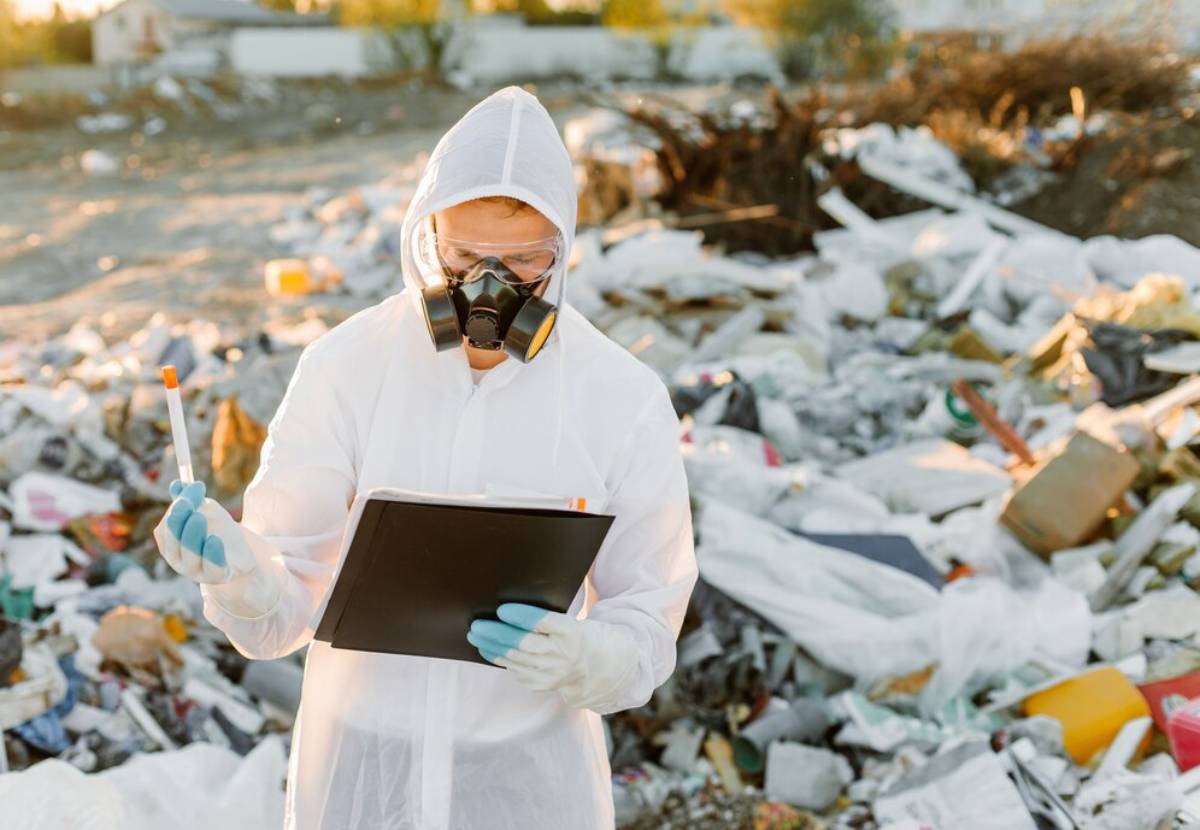
The Relevance of Environmental Biotech in Plastic Waste Management
Environmental biotech offers unique advantages in addressing plastic pollution. It uses living organisms or their parts to create sustainable solutions for environmental issues. Biotechnological methods are more eco-friendly and cost-effective than mechanical or chemical waste processing. They also adapt better to different environmental conditions.
One of the most promising innovations in this field is the development of biodegradable plastics. Biodegradable plastics are different from regular plastics. Conventional plastics last for hundreds of years. In contrast, biodegradable options break down much faster. Microorganisms help turn them into natural substances like water, carbon dioxide, and biomass. This represents a significant leap forward in reducing long-term environmental harm.
Moreover, environmental biotechnology does not stop at creating biodegradable materials. It also aims to remedy existing plastic pollution through the biological degradation of plastic waste. This dual approach—both preventive and corrective—makes biotech a powerful tool in the fight against pollution.
Real-Life Applications and Data-Backed Insights
Biodegradable plastics are just the beginning. Scientists reached a major milestone by discovering Ideonella sakaiensis. This bacterium can break down polyethylene terephthalate (PET). PET is the plastic used in drink bottles and food packaging. This microbe makes two enzymes: PETase and MHETase. They work together to break down PET into simple building blocks. These blocks can be reused to make new plastic. This closed-loop process offers the potential for a truly circular plastic economy.
Other microbial solutions use engineered strains of Pseudomonas and Bacillus. These strains can break down different plastic polymers. Some microbes can live in tough conditions. They can break down PET, polystyrene, and polyethylene. These plastics are some of the hardest to recycle.
Enzymatic degradation, too, is gaining momentum. Enzymes are specific and efficient catalysts. They speed up the breakdown of polymers. This happens without needing high temperatures or toxic chemicals. Companies and research institutions are investing a lot in enzyme engineering. This boosts efficacy and stability. As a result, it paves the way for big applications in plastic recycling facilities.
Additional Expert Tips & Common Mistakes to Avoid
Best Practices Beyond the Basics
Despite the promise of biotechnology, there are several best practices that must be followed to maximise its benefits. One critical aspect is ensuring that biodegradable plastics are used in appropriate settings. Some biodegradable materials need special conditions to break down well. They require industrial composting with certain temperatures, humidity, and microbial activity. If these plastics end up in landfills or the open environment, they may degrade very slowly or even emit greenhouse gases like methane.
To address this, waste management infrastructure must evolve alongside biotechnological innovations. Municipal systems need to manage various types of biodegradable plastics. Also, consumers should learn the right ways to dispose of them. Labeling standards should improve. They need to clearly show the conditions for degradation.
Another best practice is the integration of biotech solutions into existing recycling systems. Hybrid models that mix biological degradation with mechanical or chemical recycling boost efficiency. Some plastics that are hard to recycle might be broken down with enzymes. This helps lower the amount of waste sent to landfills or incinerators.
Common Mistakes and Misconceptions
A common misconception is that all biodegradable plastics are eco-friendly. Many so-called biodegradable plastics actually come from petroleum-based polymers. They contain additives that help them break apart but don’t lead to true biodegradation. These materials can break down into microplastics. This is a big problem because microplastics are hard to find and remove from ecosystems.
Another common mistake is assuming that biotechnology can replace all other forms of waste management. While biotech offers powerful tools, it is not a silver bullet.
To manage plastic pollution effectively, we need a mix of strategies:
- Reduce single-use plastics.
- Promote reusability.
- Improve recycling processes.
- Encourage behaviour change through education and policy.
Lastly, there’s a tendency to overlook the scalability challenge. Many of the microbial or enzymatic solutions that work well in laboratories struggle to perform at an industrial scale. To bridge this gap, we need to invest more, conduct thorough field tests, and create supportive rules. These rules should promote innovation but also protect the environment.
Advanced Insights / Expert Recommendations
Unique Industry Perspectives
Biotech startups and research projects on plastic degradation are catching the eye of investors and policymakers. Carbios in France and Novozymes in Denmark are at the forefront of creating industrial enzymes. These enzymes can break down PET and other plastics effectively.
A particularly exciting development is the engineering of “super enzymes” through synthetic biology. These enzymes do not occur naturally. Instead, they are created through computational modelling and protein engineering. This process optimises their efficiency, stability, and compatibility with industrial processes.
Another area to explore is using microbial consortia. These are groups of different microbes that work together. They can help break down complex plastic waste. Microbial consortia differ from single-strain systems. They can work together to boost degradation rates. This teamwork also helps break down a wider variety of plastics. These consortia can create useful by-products like biogas or organic acids. These by-products can be used for energy or in industries.
Lesser-Known Insights
Supportive public policies and regulations are key to the success of environmental biotech in tackling plastic pollution. Countries that have EPR schemes, green subsidies, and research grants are adopting biotech solutions faster. The European Union has set strict rules to cut plastic waste. They also support bio-based alternatives. This creates a good environment for new ideas.
Public engagement is another underappreciated factor. Behavioural change can boost the impact of biotechnological solutions. Awareness campaigns, educational initiatives, and community-led recycling programs all help promote this change. Even the best technology needs public support and responsible consumer habits to succeed.
Furthermore, cross-sector collaboration is essential. Schools, businesses, governments, and NGOs can work together. Their partnerships can turn lab innovations into real-world solutions. Sharing data openly and collaborating helps stakeholders move quickly. It also allows them to avoid duplicating efforts by using standard success metrics.
Conclusion: Harnessing Biotech for a Sustainable, Plastic-Free Future
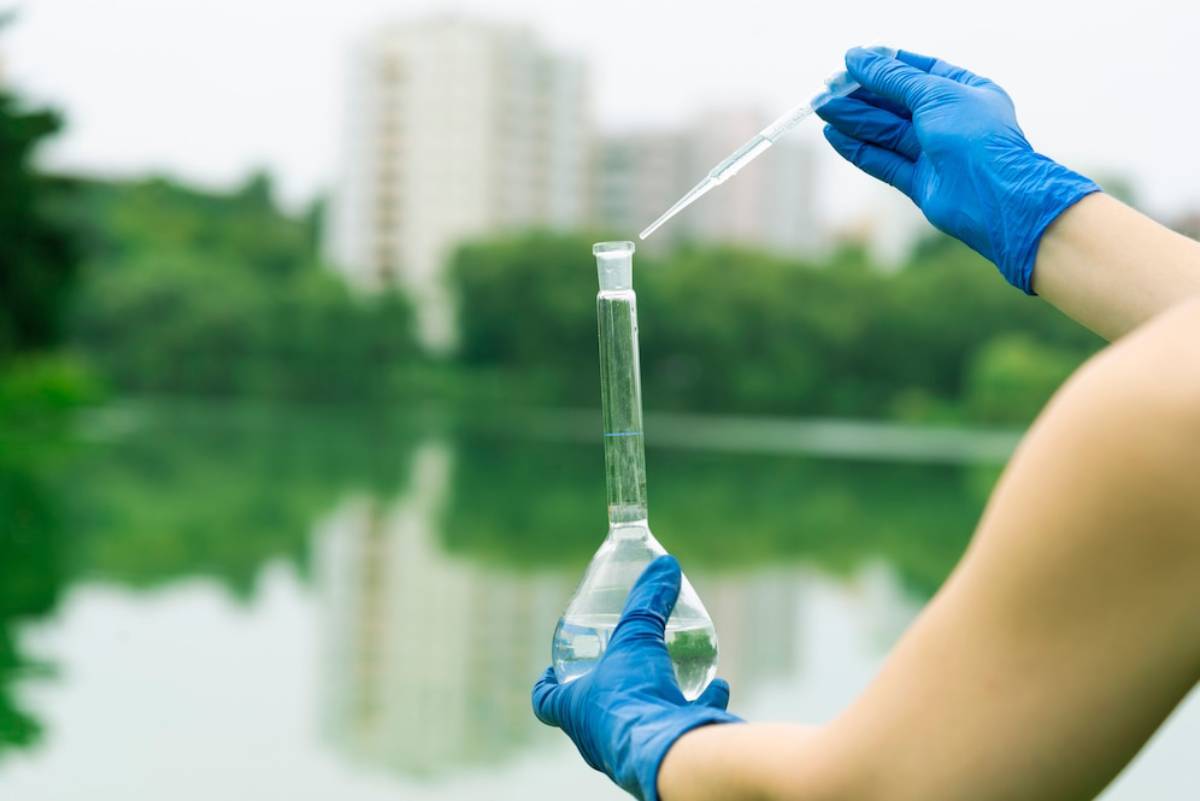
In short, environmental biotechnology offers a powerful and diverse solution to the global plastic pollution crisis. Using microorganisms, enzymes, and bio-based materials leads to new ways to manage waste. These strategies go beyond the old methods. These solutions cut down on plastic waste’s environmental impact. They also support a circular economy and a sustainable future.
However, the road ahead is complex. Success depends on tech innovation, supportive policies, public education, and effective waste management. Biotech is a vital piece of the puzzle, but it must be part of a broader, more holistic strategy.
As individuals, we, too, have a role to play. By making smart choices, like using biodegradable products and sorting our waste, we help protect the environment. Supporting laws that encourage sustainable practices also adds to this important movement.
Let us remember that innovation alone is not enough; it must be paired with intention and action. As Sir David Attenborough so aptly put it, “The natural world is under serious threat, and it is up to us to save it.” Environmental biotechnology gives us the tools. Now, it’s up to everyone—scientists, citizens, and policymakers—to use them wisely.
By taking informed action and advancing science, we can combat plastic pollution. This will help create a cleaner, greener planet for future generations.
